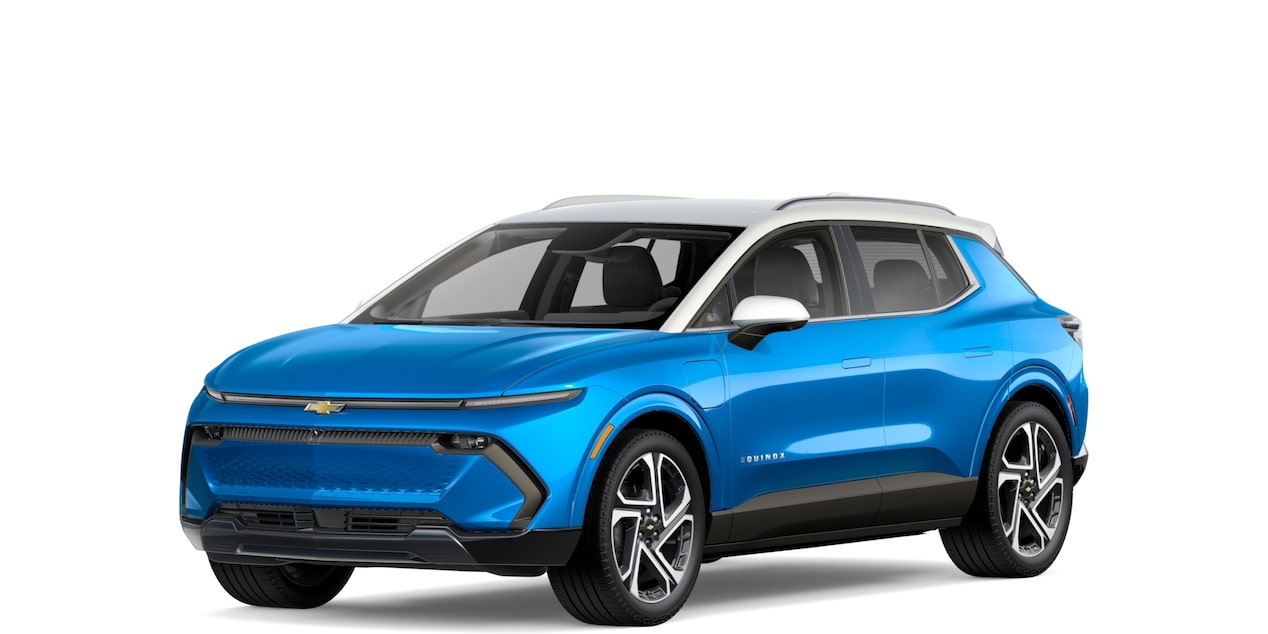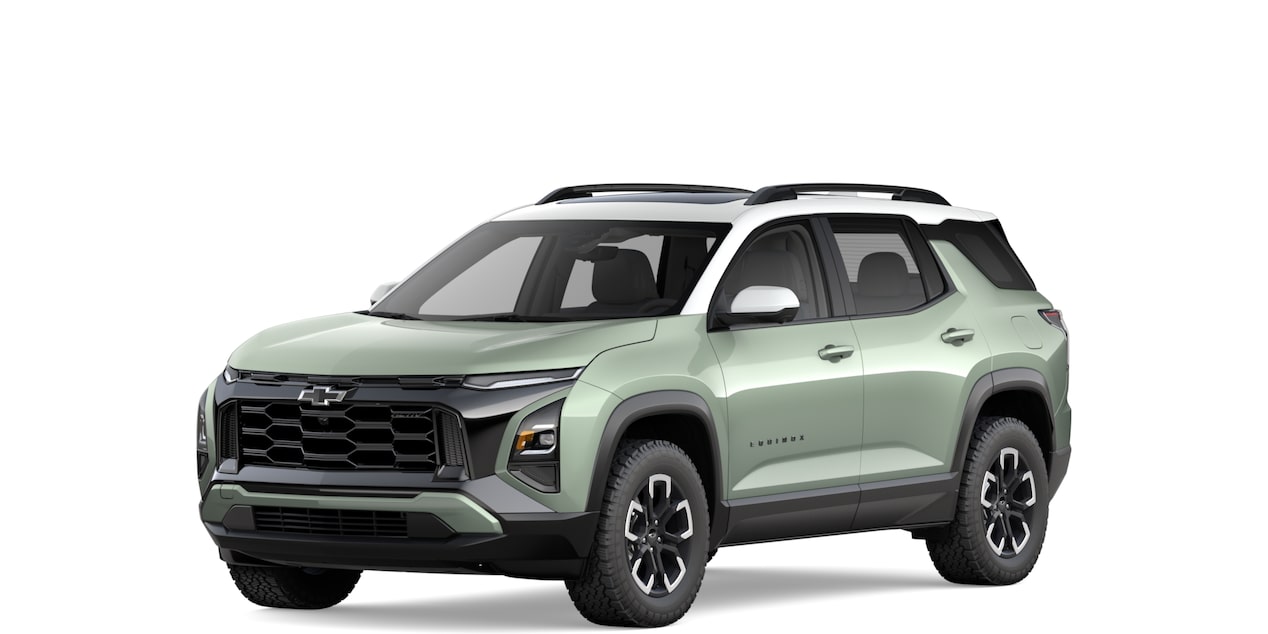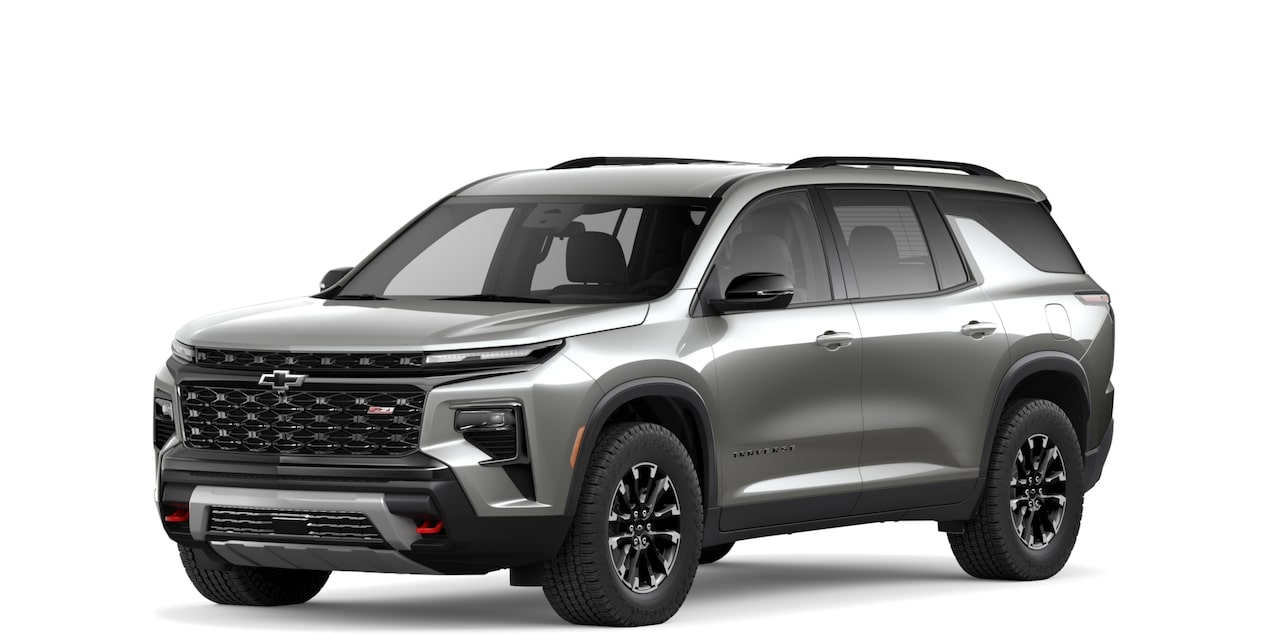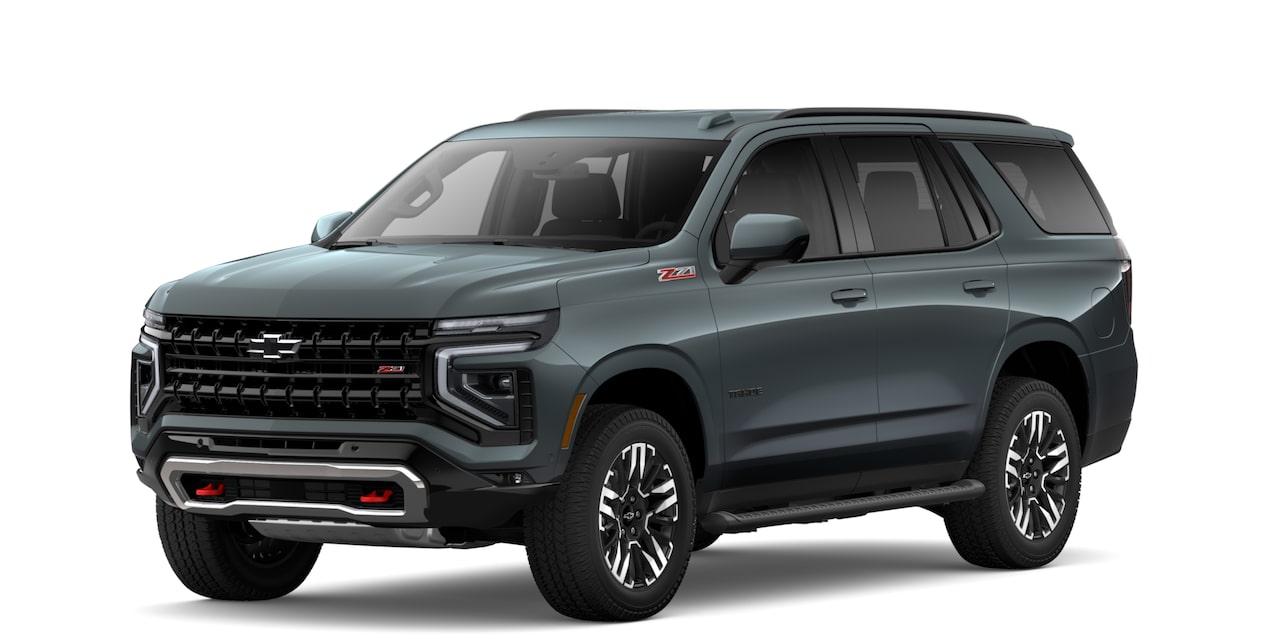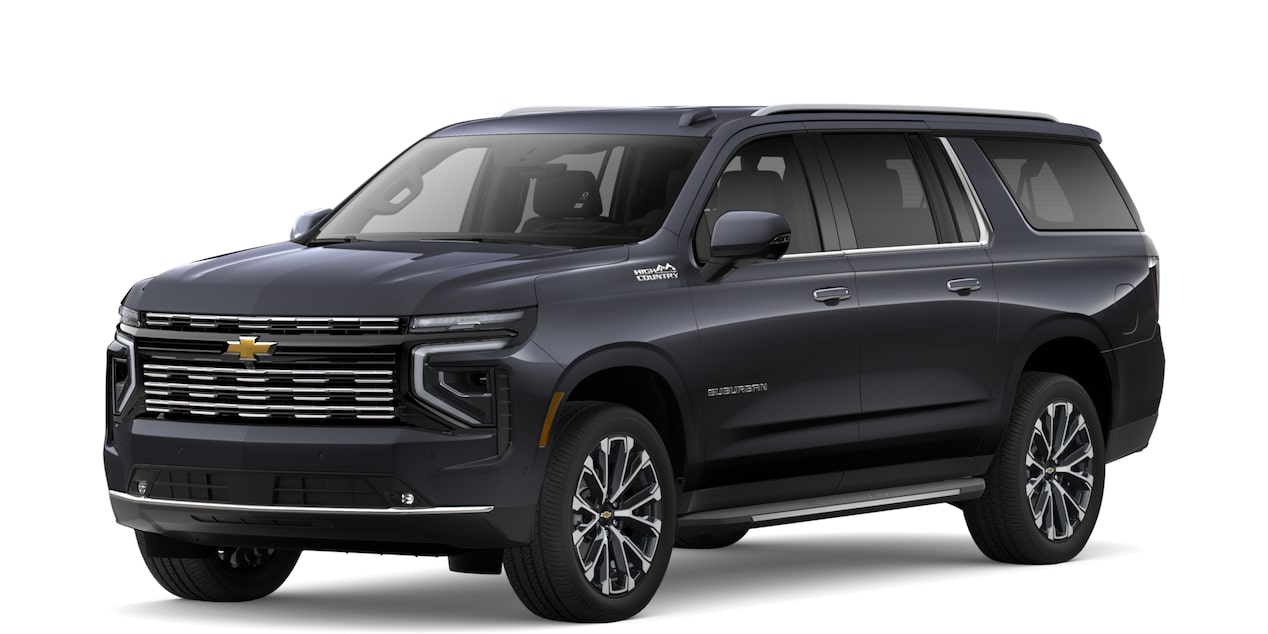How to use the Dual Level Charge Cord
The Available Dual Level Charge Cord allows a vehicle-controlled electrical connection to your home or charging location. The Dual Level Charge Cord allows you to swap between three- and four-pronged plugs to best fit your available wall outlets.
Not all home grids support 240-volt charging, so it is recommended you consult with a professional electrician before attempting 240-volt charging.
How the Dual Level Charge Cord works
The Dual Level Charge Cord allows a vehicle-controlled electrical connection to your home or charging location.
You can use the standard three-pronged 120-volt plug (NEMA 5-15) for Level 1 charging at your home (up to 1.4 kW). The larger four-pronged plug (NEMA 14-50) is a 240-volt plug that provides Level 2 charging (7.7 kW), similar to AC charging stations you may find in public.
You can switch between three- and four-pronged plugs by simply removing the plug from the control box and snapping in the desired plug. Make sure the switchable plug assembly is fully seated into the Dual Level Charge Cord’s control box for correct operation. The connectors must be kept clean and dry when in use as poor conditions may lead to fire when charging. The plugs will take some effort to fully remove and insert but will fit snugly once snapped in.
Do not use wall adapters or extension cords of any kind with the Dual Level Charge Cord. For 240-volt charging, the cord is designed to work on a dedicated 40-amp or greater circuit. If you are unsure of your home’s circuit capacity, consult with a qualified electrician. Ensure that a qualified electrician checks for the proper installation of the NEMA 14-50 prior to use. For more information, see GM.com.
The difference between Level 1 and Level 2 charging
- Level 1
charging* uses a 120-volt outlet, making it ideal for topping off your vehicle’s charge after making short trips or conveniently adding range even when you don’t have access to Level 2 or DC Fast Charging.
- Level 2 charging is faster than Level 1 charging but requires a 240-volt outlet and a home power grid that supports Level 2 charging. For most homes, this level of charging requires professional installation to support it. For more information on Level 2 charging, see GM.com.
Setting up the Charge Cord
- A three-pronged plug, similar to what most electrical devices use.
- A four-pronged plug, similar to those used by large home appliances such as electric ovens.
- A control box with a 22-foot cord ending in the connector that plugs into your electric vehicle.
- The control box has screw hooks on the back, so you can mount it on a wall.
Follow these steps to set up the Dual Level Charge Cord:
1. To get started charging your vehicle with the Dual Level Charge Cord, identify a suitable wall outlet that is clean, dry and in good condition.
a. In most cases, you’ll only have access to the common three-pronged outlets.
SAFETY NOTE: It is important to use the default vehicle charging setting until you confirm with a professional electrician that the receptacle and circuit you intend to charge from is suitable for EV charging. Faster charging can overload circuits and can potentially cause damage to the circuit or start a fire. It is recommended that you use a dedicated individual branch circuit for EV charging.
b. If your home or parking location supports Level 2 charging, you can use the four-pronged plug provided for faster charging.
2. Once you’ve identified the type of outlet you’re plugging into, snap the corresponding plug into the bottom of the control box (the bottom is the opposite side of the end the vehicle charging cord comes out of). The plugs will require some effort to fully remove and insert, but will fit snugly once snapped in.
a. If you have trouble snapping the plug into the control box, ensure that you have correctly aligned the connector by matching the “barn” shape of the plug end to the opening on the control box.
3. Plug the attachment plug into the electrical outlet.
4. The Dual Level Charge Cord will perform a short boot-up routine and be ready to charge your vehicle.
How to charge your electric vehicle with the Dual Level Charge Cord
1. Once the Dual Level Charge Cord is assembled and plugged in, open the charging port door to access the charging port. The process is similar to accessing the fuel filler in a gas or diesel-powered vehicle.
2. Plug the cable’s vehicle coupler into the charging port.
a. When you first plug your vehicle into the charger, you’ll see a blue light flash on your dashboard to confirm the vehicle has connected to the charger. The blue light does not mean your vehicle has started charging yet, only that it is connected to the charger.
b. If the light does not start to flash green after a while, you may have your charge settings set so that your vehicle delays charging by a certain time.
c. Once your vehicle has actually started charging, it will start flashing a green light on your dashboard. The length of the blinks will increase as your vehicle charges up, with shorter blinks meaning it’s at a lower state of charge and longer blinks meaning it’s at a higher state of charge. Once charging is complete, the light will light up solid green.
d. If you see a blinking blue light on your dashboard, that means your vehicle has been set to delayed charging. It will begin charging at a later time based on your charging settings. Check the “Charge Later” or “Home Schedule” sections of the Charging App to figure out if you have delayed charging turned on.
3. The vehicle connector plug has a small hole through the thumb-activated latch release designed to fit a padlock, helping secure our charge cord while charging.
4. To remove the charge cord, press the latch release button located at the top of the vehicle connector to interrupt charging and free the vehicle connector for unplugging.
Important electrical safety considerations
- Level 2 charging with 240-volt plugs is faster than Level 1 charging with a three-pronged plug, but requires a proper 240-volt outlet within reach of the charging location to support 240-volt charging. It is recommended you consult with a professional electrician before attempting 240-volt charging.
- Electric vehicle charging speed depends on the voltage of your wall outlet, the current capacity of the plug you are using, battery condition, vehicle settings and outside
temperature.*
Troubleshooting your Dual Level Charge Cord
When plugged in, if the Dual Level Charge Cord is displaying an amber light and the vehicle will not charge, make sure the switchable plug assembly is fully seated into the Dual Level Charge Cord’s control box. The plugs will take effort to fully remove and insert, and may appear to be fully inserted, but may need additional force to be fully seated.
For your security, please don’t include personal info such as phone number, address or credit card details.
Related links and resources
Q&As
Looking for something else?
Need more help?
Communicate with one of our specialists.
To find out if your vehicle has this feature, contact your dealer or refer to your vehicle’s equipment list. Please check your Owner’s Manual for more information about features.

